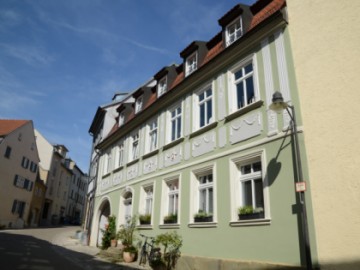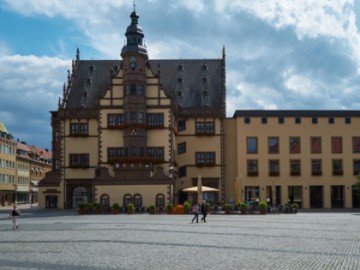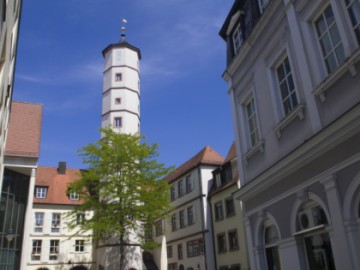Schweinfurt – Town of Cheerful Piglets
The name of the small town of Schweinfurt means "pig ford". In the center you can see the local mascot - small bronze pigs. Traditional Bavarian cuisine consists of pork dishes. A walk in the old town and in Zurich district is a pleasure. Due to these places, the picture of medieval Europe opens before the eyes.
Cafes, bars and restaurants in Schweinfurt
See all
Restaurants
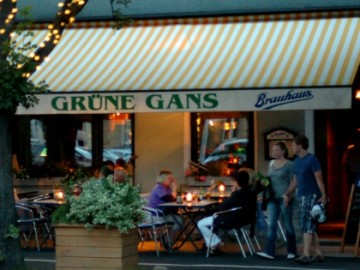
Grune Gans
Restaurant
+49 9721 219010
Payment methods:
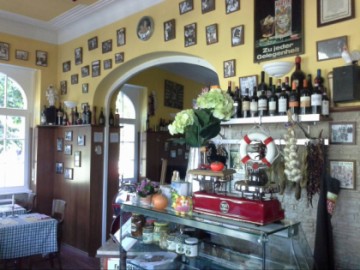
Pomodoro Osteria
Bar • Café • Osteria
+49 9721 68057
Payment methods:
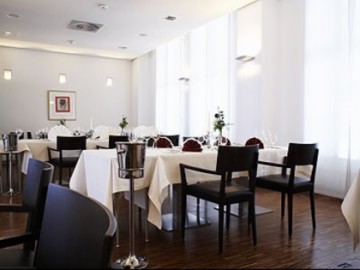
Kugelmuhle
Restaurant • Catering
+49 9721 914702
Payment methods:
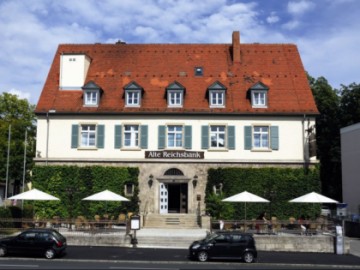
Alte Reichsbank
Restaurant • Hotel • Catering
+49 9721 541670
Payment methods:
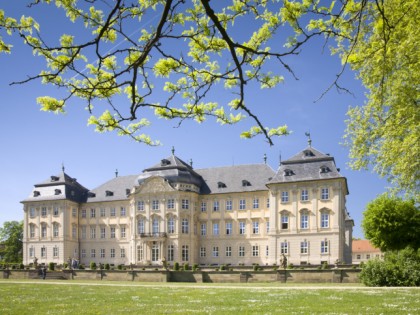
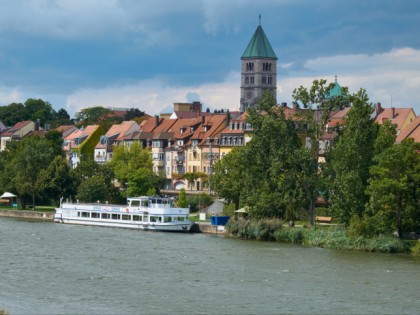
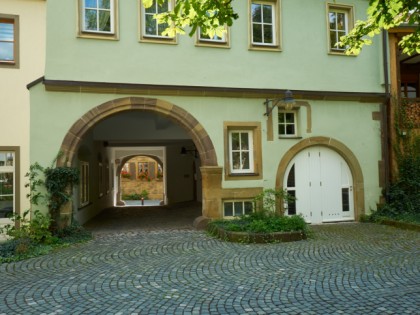
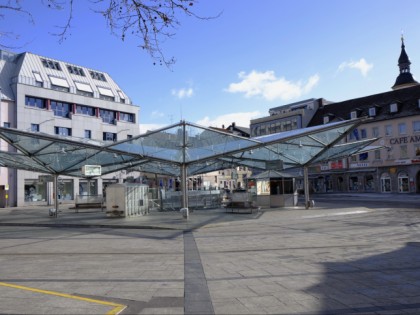
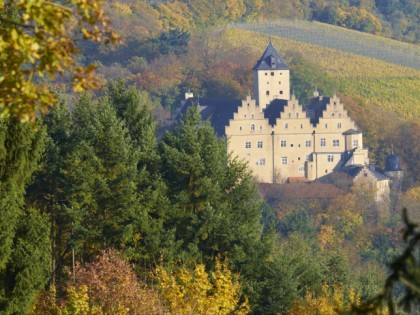
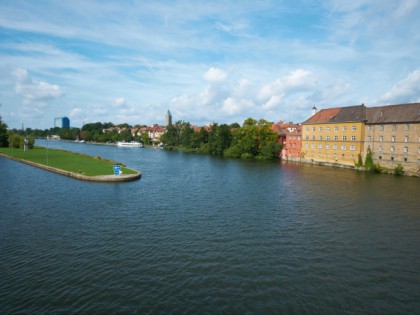
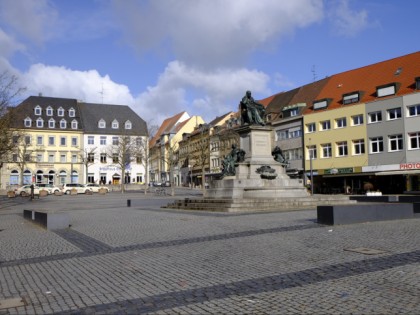
 Architectural Monuments
Architectural Monuments
 Other places
Other places
